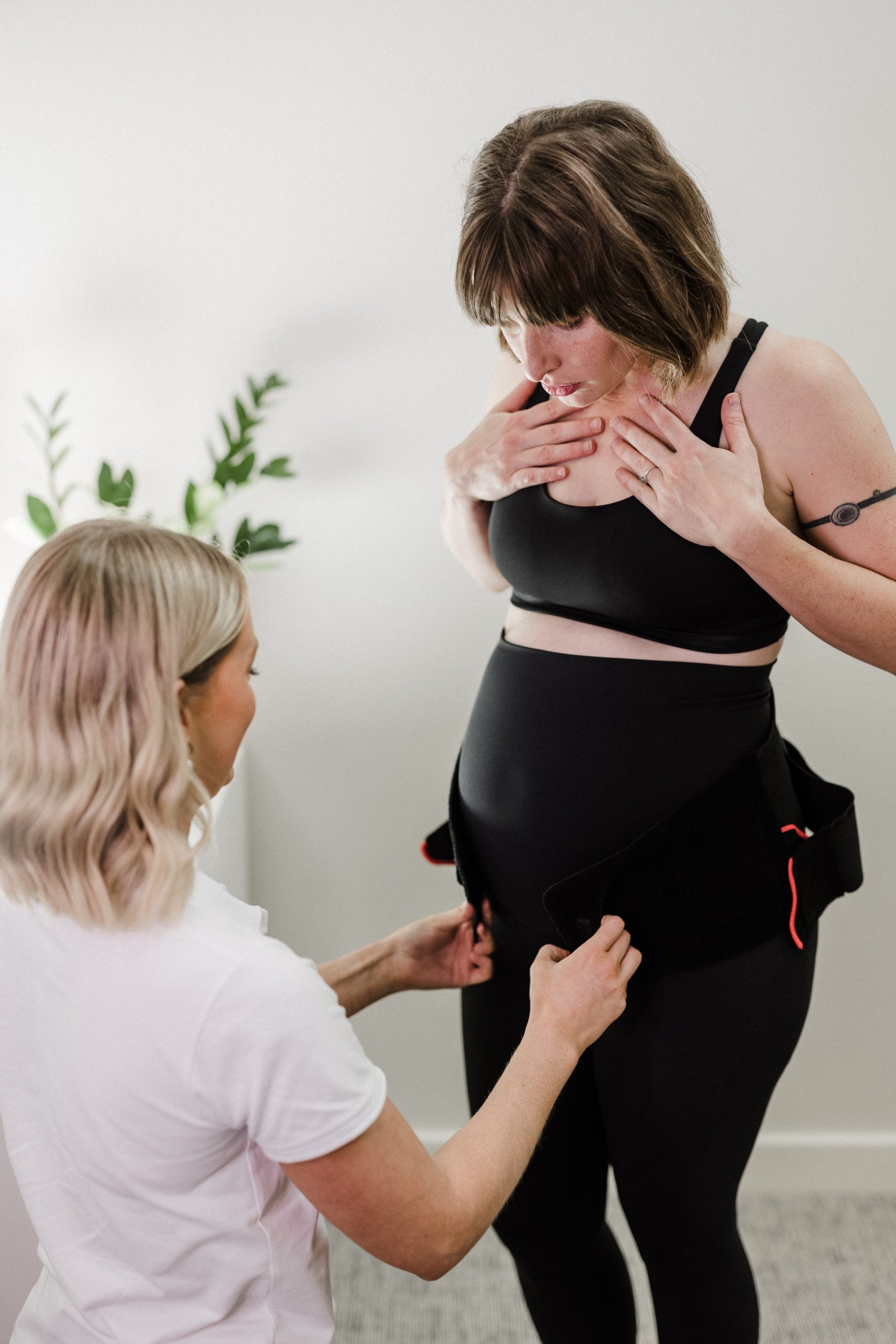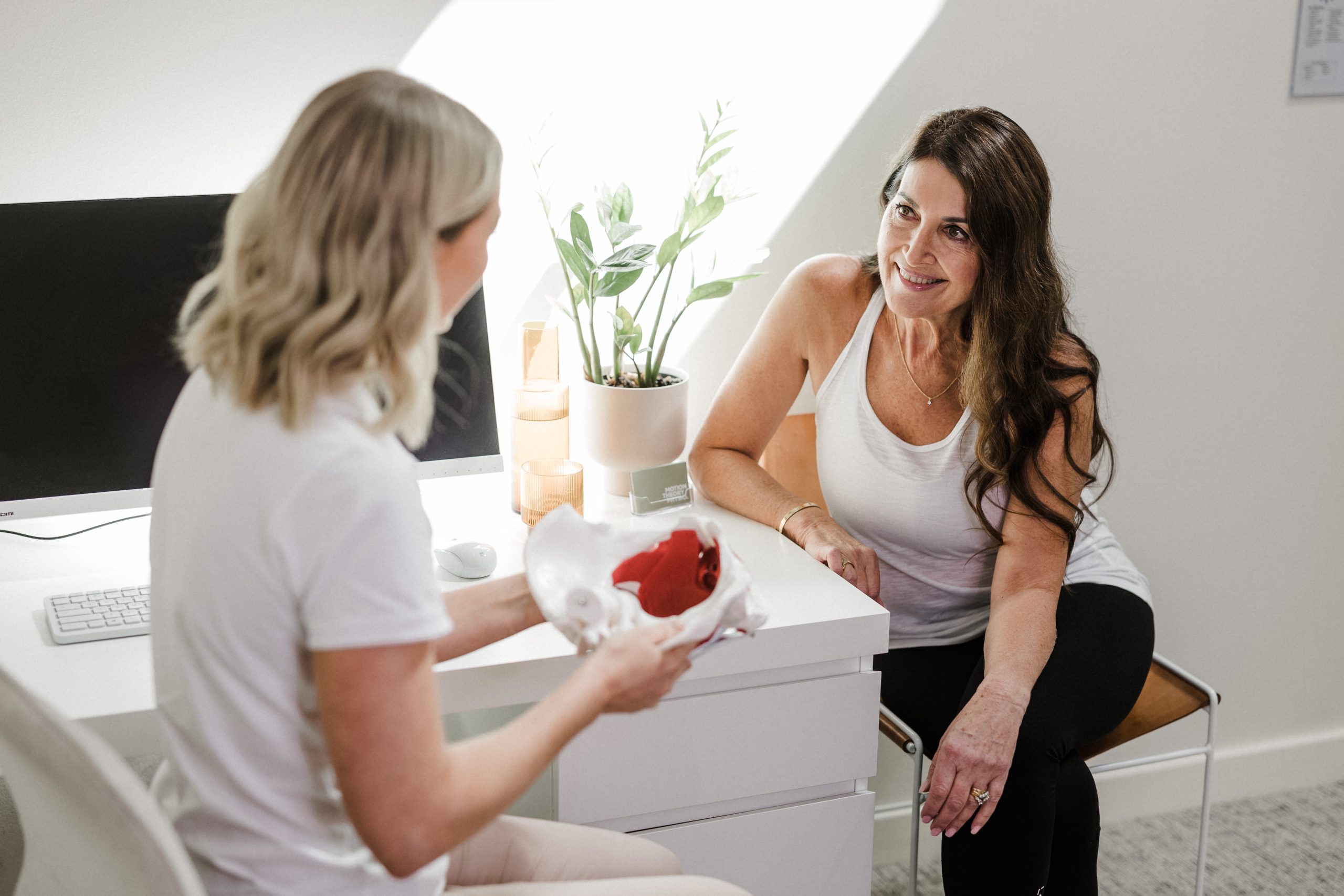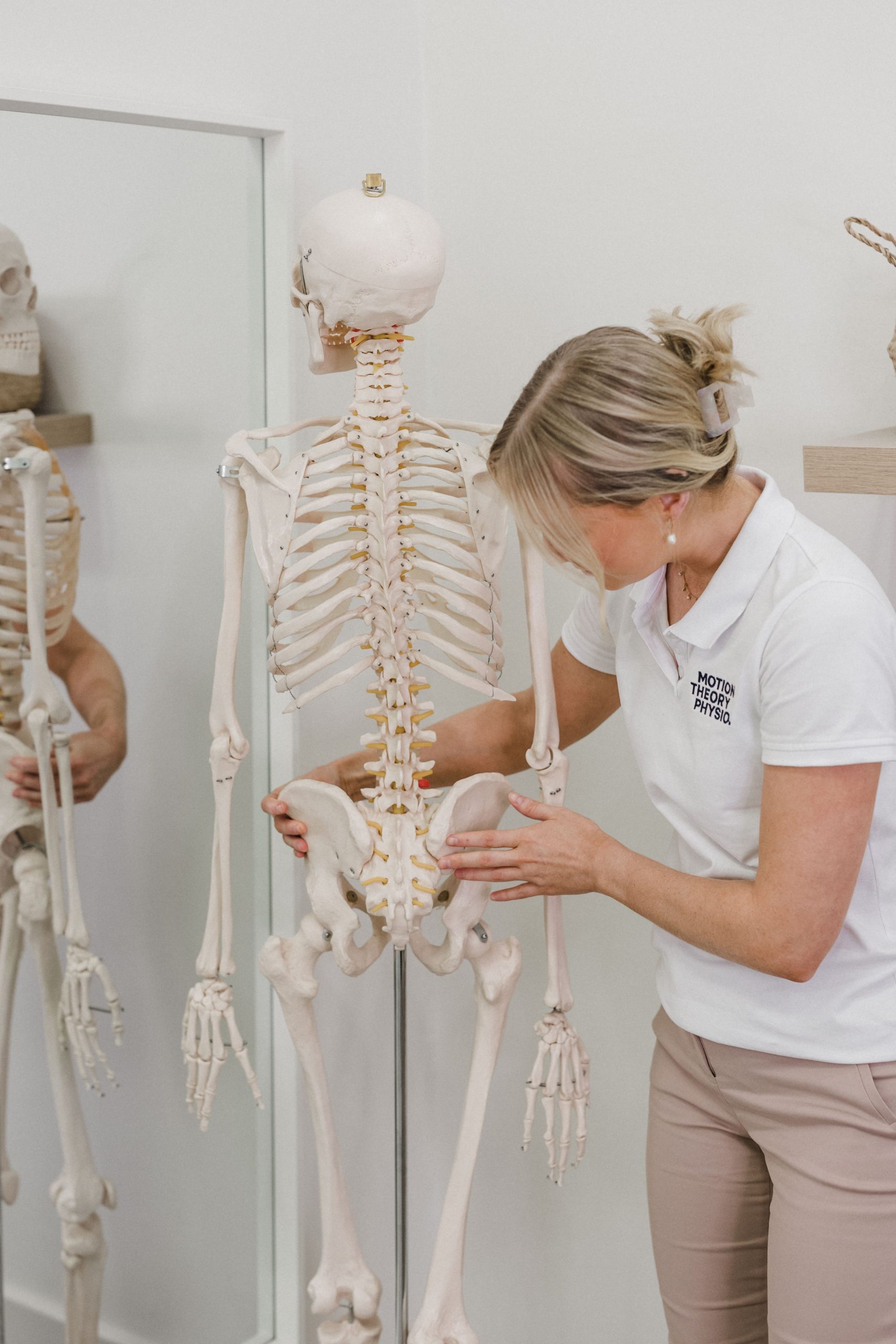We say it all the time — you never know what someone has going on below the surface. There are so many different things you can experience in your body that simply aren’t spoken about enough… which is especially dangerous for the problem areas that actually have a reasonably simple solution, like seeing a women’s health physio!
The team at Motion Theory Physio are passionate about educating women on ways to deal with common (and uncommon) problems. They’ve very generously offered to share some of their knowledge and the cases that they’ve seen with us all, so we can all walk away feeling a little more empowered in making decisions to get the help we need.

Introducing Georgia Lovelock, a Physiotherapist who specialises in women’s health. Over to Georgia, to share some of her stories…

1. What are some of the most common cases that you see women for?
Women come through the doors of the Motion Theory Physio throughout all stages of life and for varying cases. From early on when young women suffer from period pain, to endometriosis and adenomyosis and other chronic pelvic pain conditions, to women on their pregnancy and postpartum journeys who may be having complications like urinary incontinence or pelvic organ prolapse, all the way up to women going through menopause.

2. What is a problem area that you wish everyone knew which could be helped with physiotherapy?
Urinary incontinence! It affects 1 in 3 women in their lifetime, many of which will spend their whole lives living with urinary leakage believing it is normal — urinary leakage is common, but not normal.
This leakage is usually presented either in the form of stress incontinence associated with activities like sneezing, coughing, running and sport (plus many more day-to-day activities), or in an urge to go to the toilet from a trigger like water related sounds, or putting the key in the door — which results in the inability to hold on. It’s so common for patients to present to clinic saying there is no way they could ever jump on a trampoline with their kids as they will urinate themselves — that’s where I come in! Physiotherapy can get you back to these activities, through strengthening the pelvic floor and retraining the bladder.
3. What are some of the more uncommon diagnoses that you’ve been able to help women with?
When people think about seeing a physio, they don’t often think about how a physio might help with something like a pelvic organ prolapse. What’s this, you may ask? It is defined by the descent of your pelvic organs (e.g. bladder, bowel or uterus) and occurs in approximately 1 in 2 of the female population at some stage of their lives to some degree, most likely after birth. The symptoms include a heaviness, bulging, dragging, or fatiguing sensation around the vagina.
Another is pain with intercourse. Many patients have reported they experience pain either on entry or with deeper penetration. This of course can be super overwhelming and increase levels of anxiety around sex in these individuals. As a women’s health physio, we determine the cause of this pain, whether it is a pelvic pain condition like endometriosis, vaginismus, an overactive pelvic floor or even an infection, and help these women return to more pleasurable and comfortable intimacy.
4. What are some of the symptoms to look out for with issues that you might be able to assist with?
People living with pelvic pain conditions have most likely been told their symptoms are just normal period pain or bleeding at some stage in their life, which is far from the case! So, what are the pelvic pain symptoms to look out for?
Things such as period heaviness, periods lasting longer than 8 days, blood clots bigger than a 50 cent piece, pain during or after sex, abdominal bloating, body fatigue, pain with emptying your bladder or bowel, pelvic pain referring into your back, thighs, glutes or stomach region, pain during ovulation, pain that stops you from enjoying activities, and mood changes (anxiety and depression).
Menopause is another area that people don’t talk about enough. Sixty-percent of the female population have mild to moderate symptoms and only twenty-percent are asymptomatic. So, what symptoms should you look out for?
Irregular periods, hot flushes, night sweats, vaginal dryness, loss of libido, sleep disruptions, sore breasts, headaches and migraines, bloating, weight gain, forgetfulness and moodiness are the most common, but I highly recommend looking up menopause on the Jean Hailes website for the extensive list of symptoms.
As a society we must educate absolutely everyone on what is considered ‘normal’ when it comes to women’s health conditions. Without a diagnosis, these women are constantly judged, unsupported and left missing important parts of their lives. Same with menopause, so many women come and see me feeling really anxious and wondering why they are feeling “off”, “short tempered” and “unable to sleep”. If any woman is leaking, unable to control their bowels, feel like their “organs are falling out of them” or have any of the above symptoms, do yourself a favour and get checked by a women’s health physio. We are always here to support you!

5. How do you do your pelvic floor exercises?
This is the most asked question as a women’s health physio! It’s something someone has probably told you to do at some point, but how do you actually do a pelvic floor lift and lower?
Imagine you’re on the toilet and you need to stop your urine all of a sudden, you should feel a lift inside your pelvic region — this is your pelvic floor! It acts like a hammock for your pelvic organs (bladder, bowel and uterus). Same goes for if you’re needing to avoid passing wind, you should feel this lift towards the back of your pelvic region. To practice, try and hold this lift for a few seconds throughout the day. A strong pelvic floor equals effective function. Still unsure? Seeing a women’s health physio can help guide you in the right direction to ensure you are, first of all completing the training correctly, but also confirm if you need to strengthen or relax through your pelvic floor.
6. Who should see a women’s health physio?
Everyone assigned female at birth! I honestly believe you can get so much out of seeing a women’s health physio. Many females have grown up in an era where they have been told to suck their bellies in, but what they may not realise is this can actually be one of the causes of an overactive pelvic floor, which can then lead to many of the symptoms mentioned above. A women’s health physio has so many management tools to help with women’s conditions throughout all stages of life. If you’re at all concerned with how you are feeling or not sure if what you are feeling is normal, then that is your sign to see a women’s health physio and make sure you aren’t living your life in discomfort.

7. How can a women’s health physio help improve quality of life?
The reason I became a women’s health physio was to educate and empower women through all stages of life. I find it so incredibly special to be able to help women through experiences that they feel are taboo, uncommon, or embarrassing, where in fact, most of the cases that I see are common amongst a high percentage of the female population.
I will continue to strive to help women better their lives, and I highly encourage you to spread the word and speak about your conditions with your friends and family. You’ll be surprised with the amount of people that share the same presentations and I hope that that in itself can provide some comfort. This is your time to put your health first and book in to see me at Motion Theory Physio, or another women’s health physio to manage, in most cases, a very treatable condition.

If you want to stay updated on women’s health education and learn some helpful tips about some of these conditions, see Georgia and the team at Motion Theory Physio.
WEBSITE :: INSTAGRAM :: FACEBOOK
Advertisement.








